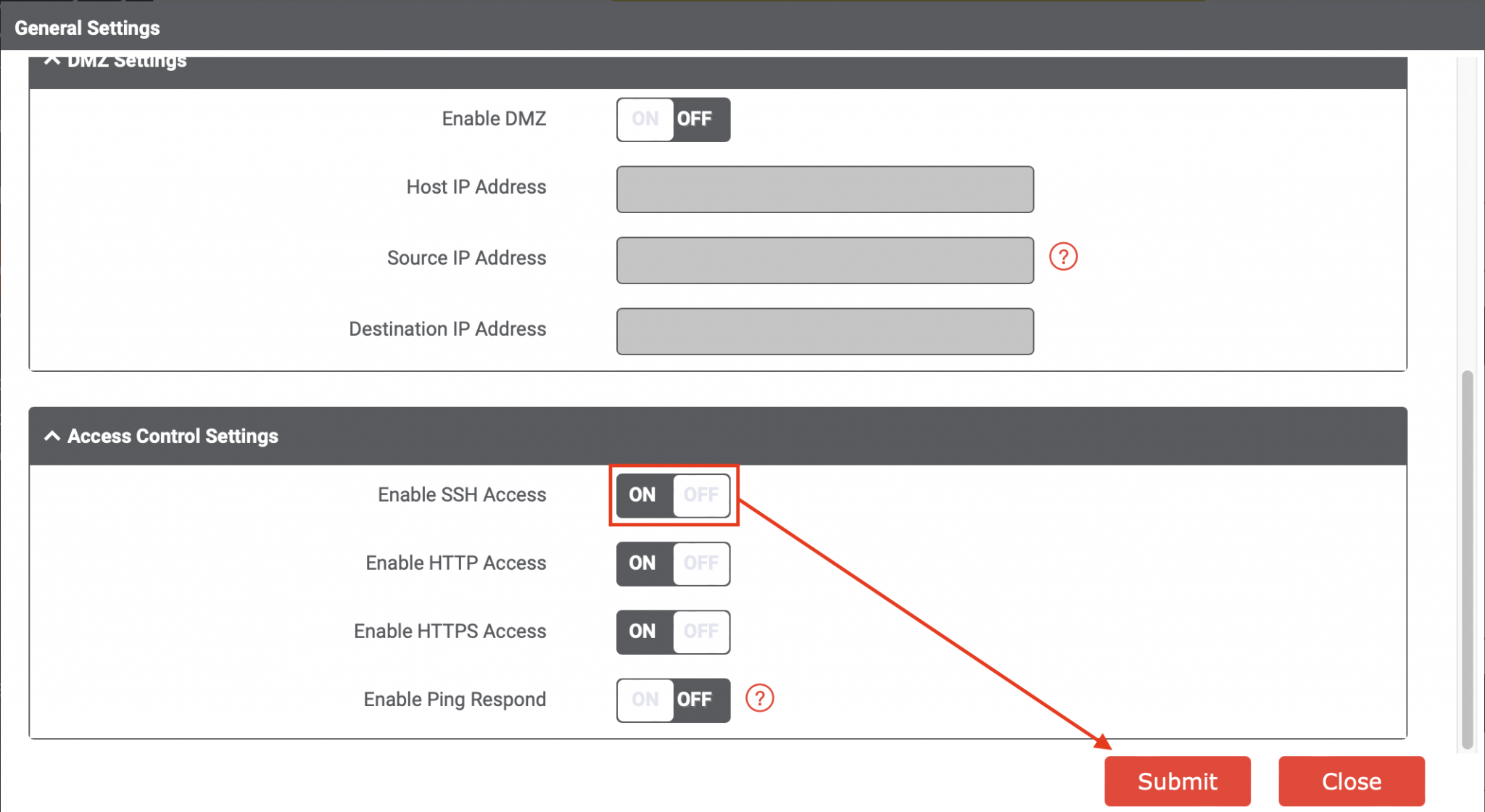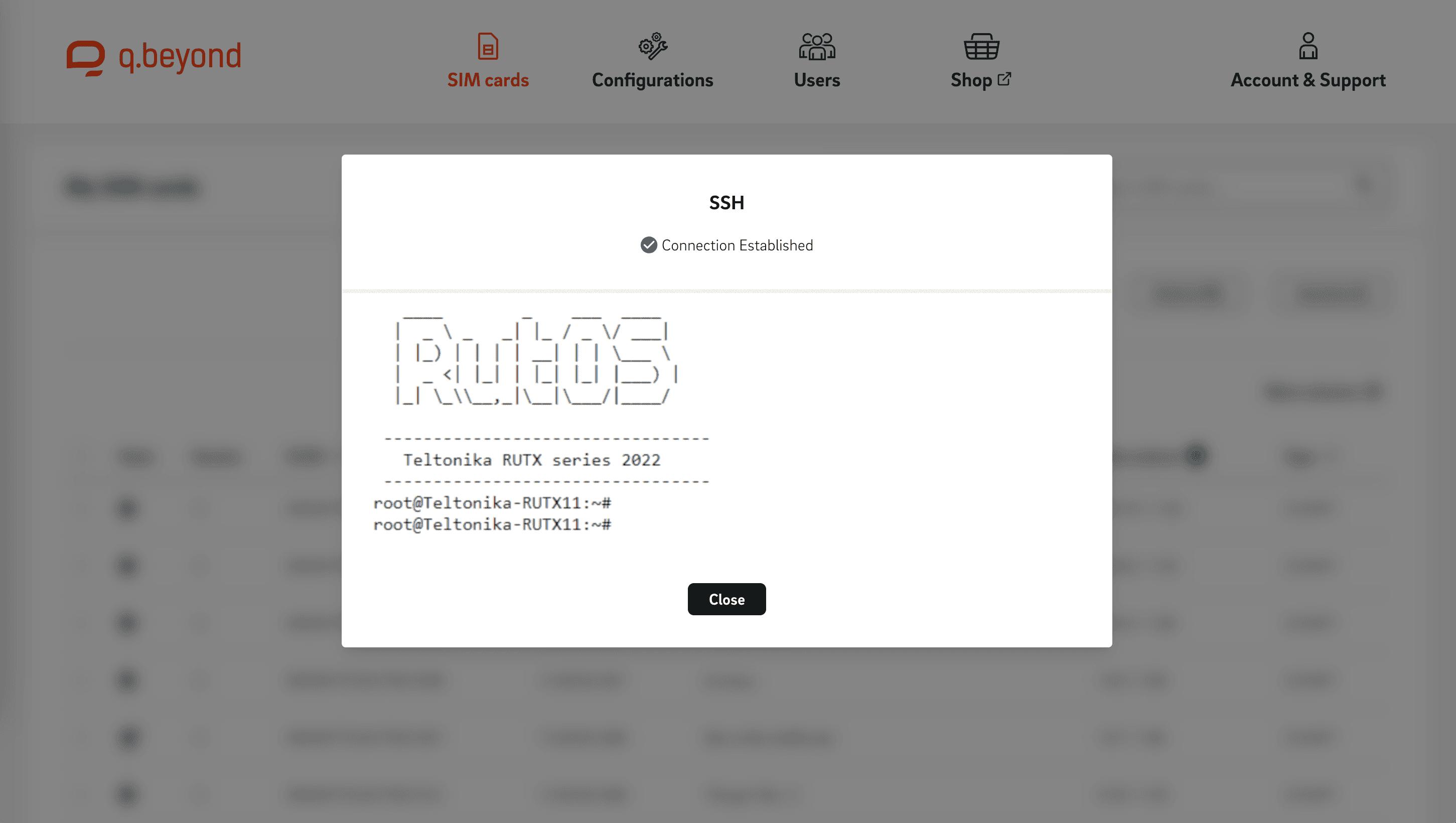SSH IoT Anywhere: Android APK Guide (+Tips)
Could you truly harness the power of the Internet of Things (IoT) from virtually anywhere, right from your Android device? The answer is a resounding yes, and the key lies in understanding and effectively utilizing SSH (Secure Shell) alongside a specifically designed Android APK (Application Package) tailored for remote access and control of IoT devices. This combination unlocks a realm of possibilities, granting you command over your connected world, regardless of your physical location.
The modern landscape of interconnected devices is constantly expanding, transforming our homes, offices, and cities into intelligent ecosystems. But how do you seamlessly interact with and manage these devices when you're not physically present? That's where the power of "how to use ssh iot anywhere android apk" comes into play. It offers a powerful and secure method to establish a remote connection to your IoT devices, enabling you to monitor, control, and troubleshoot them from your Android smartphone or tablet. This capability significantly enhances the utility of your IoT setup, making it more flexible and responsive to your needs.
Let's dissect the key components that make this process work. First, we have SSH, a cryptographic network protocol that provides a secure channel for communication between two networked devices. It's the backbone of secure remote access, ensuring that all data transmitted is encrypted and protected from unauthorized access. Then, we need an IoT device. This could be anything from a Raspberry Pi controlling your home's smart lighting to a sensor gathering environmental data in a remote location. Finally, there's the Android APK, which is essentially the software that facilitates the connection on your Android device. This APK acts as the bridge, allowing you to securely connect to and manage your IoT devices over the internet.
Before delving into the practical steps, it is important to highlight the security considerations inherent in this process. While SSH itself is highly secure, the overall security of your system hinges on several factors, including the strength of your passwords, the configuration of your SSH server, and the security of your network. Always prioritize strong passwords, consider disabling password-based authentication in favor of SSH keys, and keep your system and the APK updated with the latest security patches. Also, it is very important to understand that the use of SSH and remote access opens up potential vulnerabilities if not managed correctly, so be vigilant and take necessary precautions.
The selection of the right Android APK is crucial. Several apps are available, each offering different features and levels of user-friendliness. Consider factors such as SSH key support, terminal emulation capabilities, and the ability to save connection profiles. Some popular choices include ConnectBot, JuiceSSH, and Termius. Research and evaluate the options, selecting an APK that aligns with your needs and technical proficiency. Most of these apps are available on the Google Play Store, providing a safe and convenient means to install and update the software on your Android device.
The setup process can be broken down into a few essential stages. First, you need to configure the SSH server on your IoT device. This typically involves installing an SSH server (like OpenSSH) on the device and enabling SSH access. Next, you'll need to configure port forwarding on your router to direct incoming SSH connections to your IoT device. This ensures that your device is reachable from outside your local network. Finally, you will install and configure the chosen Android APK on your device. This involves entering the SSH connection details, including the IP address (or hostname), username, password (or private key), and the SSH port number.
The specifics can vary slightly depending on the operating system on your IoT device. For instance, if you're using a Raspberry Pi running Raspberry Pi OS (formerly Raspbian), you'll likely install OpenSSH using the `sudo apt-get install openssh-server` command. After installation, you should enable SSH, and optionally, configure firewall rules to only allow SSH connections from trusted IP addresses. Remember to also set a strong password or, even better, configure SSH key-based authentication. Using key-based authentication eliminates the need to enter a password every time you connect and significantly enhances the security of your connection.
Once youve configured the SSH server on your IoT device and the Android APK, testing the connection is a critical next step. Launch the APK on your Android device, enter the connection details, and attempt to connect to your IoT device. If everything is configured correctly, you should be able to establish a secure SSH connection and access the command-line interface of your IoT device. This test will confirm that the setup has worked. If you encounter issues, carefully review each step of the setup process, checking for any errors in the configuration. Common problems include incorrect IP addresses, firewall restrictions, or issues with port forwarding.
The possibilities are almost limitless once you have established a successful SSH connection to your IoT devices from your Android device. You can execute commands, monitor system logs, transfer files, and control device-specific functionality. For example, you can remotely reboot your IoT device, update its software, or configure settings. In the context of home automation, you could control your smart lights, thermostats, or security systems from anywhere in the world. The application of "how to use ssh iot anywhere android apk" spans a wide range of application.
Troubleshooting is an inevitable part of the process. If you encounter difficulties, don't be discouraged. Several resources can assist you. The first step is to check the Android APK's connection logs, which often provide valuable insights into any errors. You can also check the SSH server logs on your IoT device for clues. Search online forums and communities for specific issues related to your setup. Many experienced users have already encountered similar problems and can offer solutions. The use of Google, Stack Overflow, and other online resources can prove very helpful.
Beyond basic command-line access, "how to use ssh iot anywhere android apk" can also enable more advanced functionality. You can use SSH tunneling to create secure tunnels for other applications, allowing you to access services on your local network through your IoT device. You can also use SSH to forward ports, enabling you to access web interfaces or other network services running on your IoT device. Advanced users may want to script their SSH connections, automating tasks such as monitoring and control. SSH, in combination with a properly configured Android APK, enables truly powerful possibilities.
Consider the scenario of remote maintenance and monitoring. Imagine you have several IoT devices deployed in a remote location. Through secure SSH access from your Android device, you can remotely diagnose and fix issues without physically visiting the site. This capability saves time, reduces costs, and ensures the reliability of your IoT system. This use case underscores the value proposition of being able to administer your devices remotely.
In the context of the industry, this technology has vast implication as well. From the remote management of industrial equipment to the control of agricultural sensors and systems, the ability to securely access and control IoT devices from anywhere opens new horizons for businesses. It facilitates more efficient operations, improved responsiveness, and reduced downtime, which ultimately contribute to greater profitability. It offers real advantage to companies using IoT solutions.
Looking ahead, this field of technology is poised for further innovation. We can anticipate refinements in the Android APKs, with added support for more complex functionalities and enhanced user interfaces. The advancements in the security landscape will be critical to ensure the safety and privacy of the users. It will be important to always stay abreast of the emerging security threats and best practices. As the IoT ecosystem continues to evolve, tools like SSH and Android APKs are destined to play an increasingly critical role in the management and control of interconnected devices.
In conclusion, learning "how to use ssh iot anywhere android apk" is a valuable skill for anyone who is working in the IoT space, regardless of your role. It empowers you to take control of your devices from anywhere in the world. By understanding the underlying concepts, carefully following the setup process, and adopting best practices for security, you can tap into the power of remote access and command. Whether you are a hobbyist, a professional developer, or a business owner, this approach will benefit you. Embrace the power, the security, and the flexibility that it gives you.


